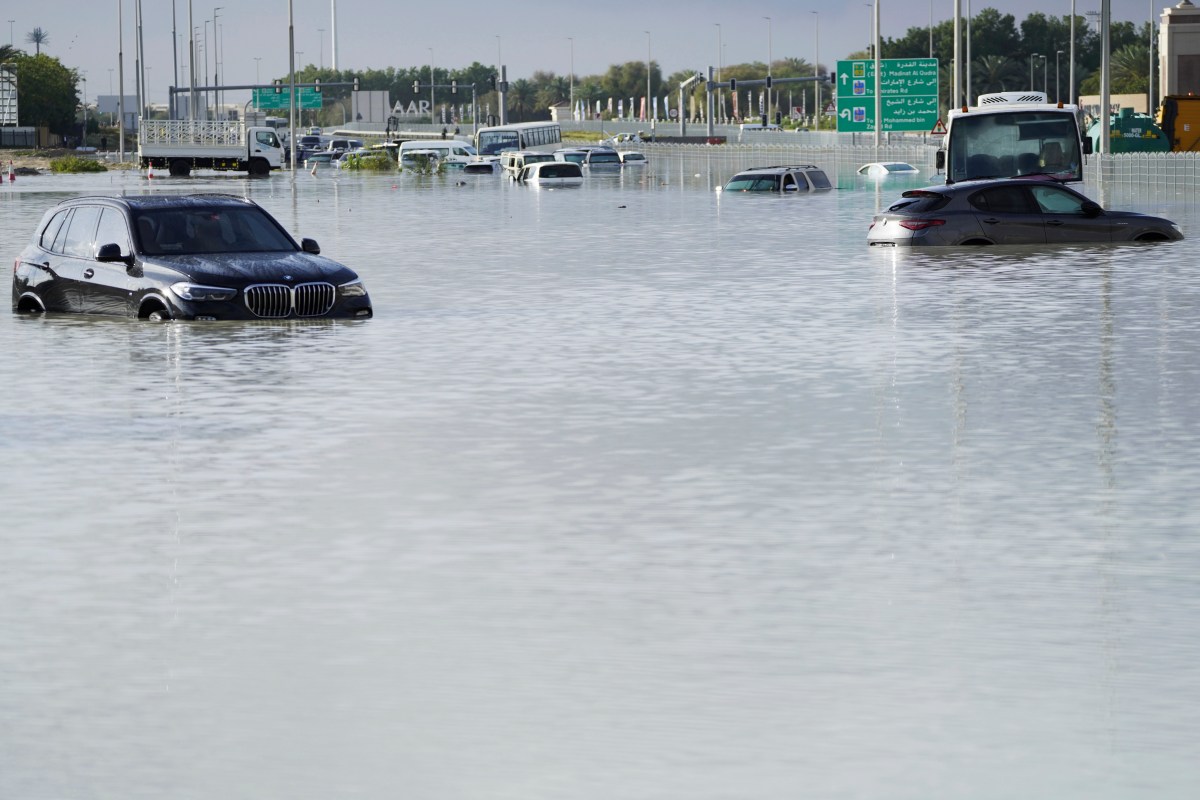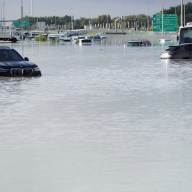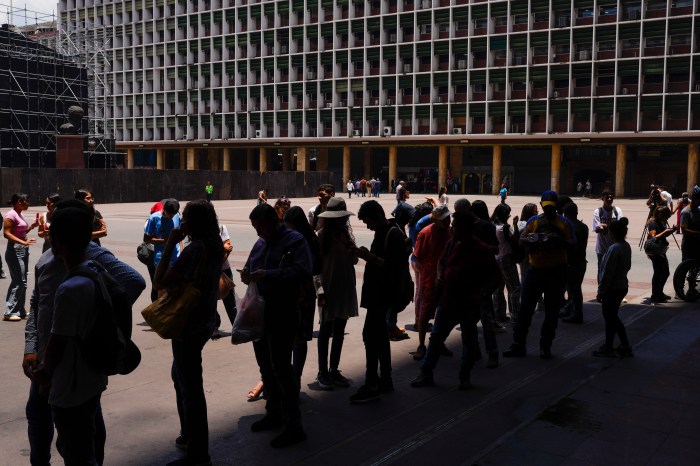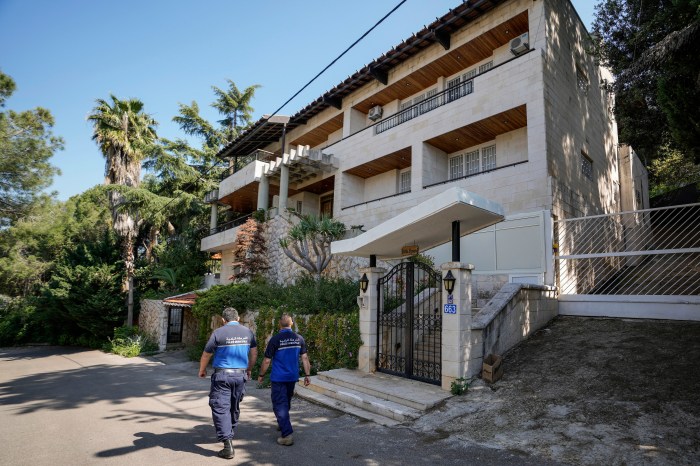With cloud seeding, it may rain, but it doesn’t really pour or flood — at least nothing like what drenched the United Arab Emirates and paralyzed Dubai, meteorologists said.
Cloud seeding, although decades old, is still controversial in the weather community, mostly because it has been hard to prove that it does very much. No one reports the type of flooding that on Tuesday doused the UAE, which often deploys the technology in an attempt to squeeze every drop of moisture from a sky that usually gives less than 4 or 5 inches (10 to 13 centimeters) of rain a year.
“It’s most certainly not cloud seeding,” said private meteorologist Ryan Maue, former chief scientist at the U.S. National Oceanic and Atmospheric Administration. “If that occurred with cloud seeding, they’d have water all the time. You can’t create rain out of thin air per se and get 6 inches of water. That’s akin to perpetual motion technology.”
Meteorologists and climate scientists said the extreme rainfall is akin to what the world expects with human-caused climate change, and one way to know for certain that it was not caused by tinkering with clouds is that it was forecast days in advance. Atmospheric science researcher Tomer Burg pointed to computer models that six days earlier forecast several inches of rain — the typical amount for an entire year in the UAE.
Three low-pressure systems formed a train of storms slowly moving along the jet stream — the river of air that moves weather systems — toward the Persian Gulf, said University of Pennsylvania climate scientist Michael Mann. Blaming cloud seeding ignores the forecasts and the cause, he said.
Many of the people pointing to cloud seeding are also climate change deniers who are trying to divert attention from what’s really happening, Mann and other scientists said.
“When we talk about heavy rainfall, we need to talk about climate change. Focusing on cloud seeding is misleading,” said Imperial College of London climate scientist Friederike Otto, who heads a team that does rapid attribution of weather extremes to see if they were caused by global warming or not. “Rainfall is becoming much heavier around the world as the climate warms because a warmer atmosphere can hold more moisture.”
Clouds need tiny water or ice droplets called nuclei to make rain. The weather modification method uses planes and ground-based cannons to shoot particles into clouds making more nucleai, attracting moisture that falls as snow and rain. Usually silver iodide is used, but it can also be dry ice and other materials. The method, first pioneered in the 1940s, became popular in the U.S. West starting in the 1960s, mostly for snow.
It can’t create water from a clear sky — particles must be shot into a storm cloud that already holds moisture to get it to fall, or to fall more than it otherwise would naturally.
A recent study of aerial seeding found a clear precipitation pattern on a radar that mirrored the seeding and offers evidence the method works. But exactly how effective it is remains unclear, scientists say.
The physics makes sense, but the results have been so small that scientists just can’t agree on whether it is fair to say it really works, said Maue and Mann.
Atmospheric forces are so huge and so chaotic that technically cloud seeding “is way too small a scale to create what happened,” Maue said. Extra rainfall from cloud seeding would have been minimal, both said.
Despite not knowing its efficacy, governments in drought-stricken regions like the U.S. West and the UAE are often willing to invest in technology like seeding in the hopes of getting even a small amount of water.
Utah estimates cloud seeding helped increase its water supply by 12% in 2018, according to an analysis by the state’s Division of Water Resources. The analysis used estimates provided to them by the contractors paid to do the seeding.
Dozens of countries in Asia and the Middle East also use cloud seeding.
The U.S. Bureau of Reclamation spent $2.4 million last year on cloud seeding along the overtapped Colorado River. Utah recently increased its seeding budget by tenfold.
That part of the Middle East doesn’t get many storms, but when it does, they are whoppers that dwarf what people in the United States are used to, Maue said.
Huge tropical storms like this “are not rare events for the Middle East,” said University of Reading meteorology professor Suzanne Gray. She cited a recent study analyzing nearly 100 such events over the southern Arabian Peninsula from 2000 to 2020, with most in March and April, including a March 2016 storm that dropped 9.4 inches (almost 24 centimeters) on Dubai in just a few hours.
The 2021 study said “a statistically significant increase in the (whopper storms) duration over southeast Arabian Peninsula has been found, suggesting that such extreme events may be even more impactful in a warming world.”
While cloud seeding can work around the margins, it doesn’t do big things, scientists say.
“It’s maybe a little bit of a human conceit that, yeah, we can control the weather in like a Star Trek sense,” Maue, who was appointed to NOAA by then-President Donald Trump, said. “Maybe on long time scales, climate time scales, we’re affecting the atmosphere on long time scales. But when it comes to controlling individual rain storms, we are not anywhere close to that. And if we were capable of doing that, I think we would be capable of solving many more difficult problems than creating a rain shower over Dubai.”
Borenstein reported from Washington, Peterson from Boulder, Colorado.
The Associated Press receives support from the Walton Family Foundation for coverage of water and environmental policy. The AP is solely responsible for all content. For all of AP’s environmental coverage, visit https://apnews.com/hub/climate-and-environment

















